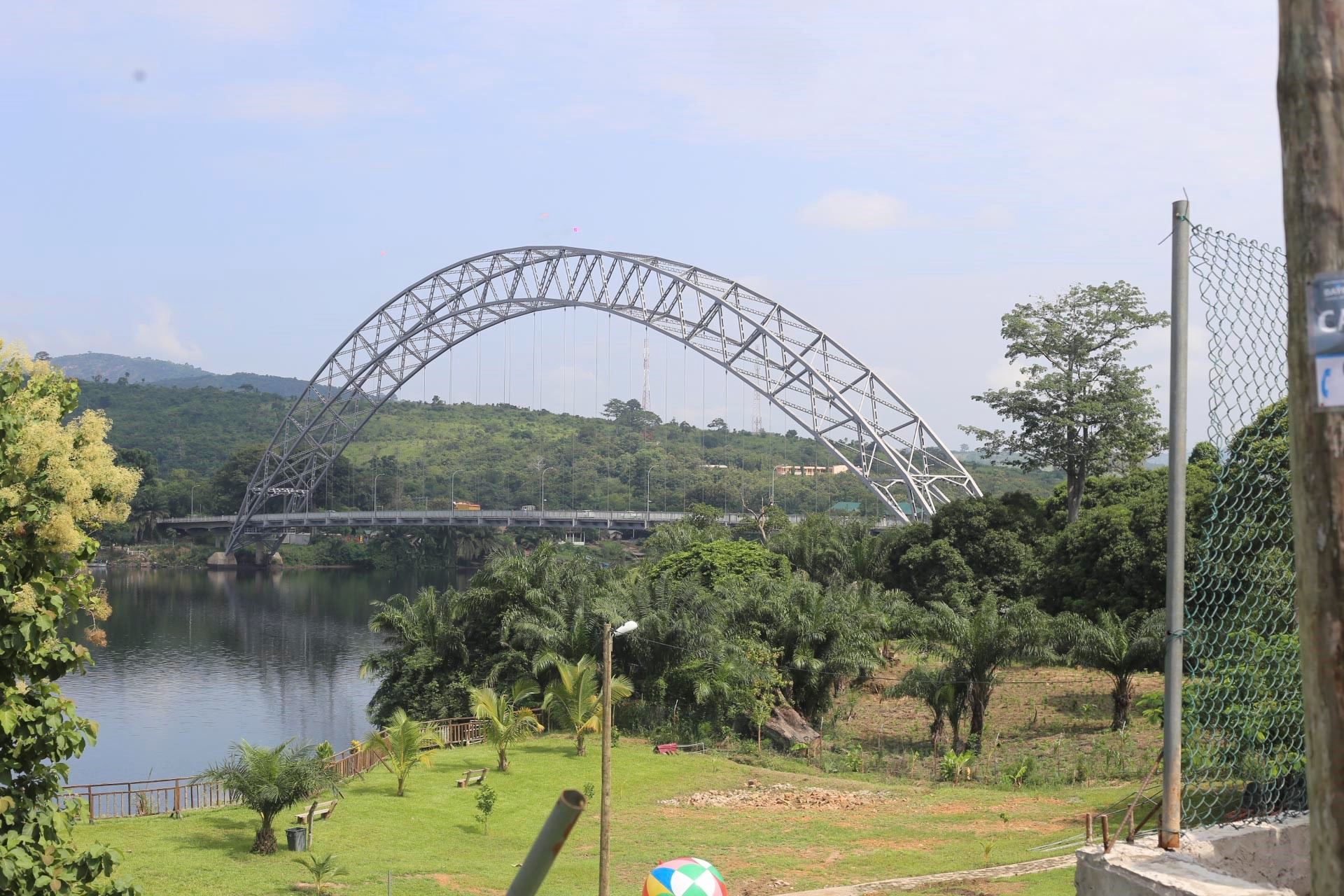
Let’s have critical look at bridges
One basic difference between a developed and an underdeveloped country is the level of infrastructure that exists in these countries.
The importance of good and adequate infrastructure is a sine qua non for a buoyant economy, as goods and services need to be transported to the final consumer through good roads, ports, airports, among others.
Realising that national development is hinged on investment in infrastructure, Ghana, after independence, adopted the seven-year accelerated development plan that had high focus on infrastructural development to spur faster economic growth.
Though Ghana is not yet at the level of some countries in terms of infrastructural development, the country has not fared badly as far as educational, health, road, port, telecommunication, power and water infrastructure is concerned.
To further boost infrastructure in the country, Parliament recently passed the Master Project Support Agreement for a $2- billion facility for the construction of priority projects.
This shows the eagerness of the country to expand its infrastructure base.
As much as the country is excited about the level of infrastructure development that the agreement is likely to bring about, as well as other investments it is making to shore up its infrastructure, the Daily Graphic has always expressed concern about the poor maintenance culture that exists in the country.
In recent times there have been reports of several bridges collapsing across the country.
In 2017, two bridges in the Brong Ahafo and the Upper East regions collapsed, disrupting socio-economic activities in the affected areas.
In another case in 2017, the Ministry of Roads and Highways had to stand its ground in the face of opposition to close the Buipe and the Yapei bridges because they had become very weak and could collapse at any time.
Just a couple of days ago, the Kpalba Bridge over the River Oti was submerged as a result of weeks of torrential rains.
Cases of this nature are scattered across the country. Currently the situation is so bad that schoolchildren living along the Kpalba Bridge cross the river by canoe before they can attend school.
Other residents have been cut off completely from accessing health care and engaging in normal economic activities.
The Daily Graphic thinks NADMO should move into these areas immediately and offer the necessary help that will ensure that residents have access to health care and no disaster befalls children who are desirous of having education.
We note that the government has earmarked some bridges, including the Daboya, Nawumi, Yapei, Buipe, Lawra-Dikpe and Prima-Misio bridges, for reconstruction.
We commend it for that and urge it to expedite action on the projects to bring relief to the people and help shore up economic activities.
As the government makes the effort to provide more bridges, we think the Ministry of Roads and Highways should do a thorough audit of all bridges in the country to rehabilitate those that are weak and reconstruct those that have outlived their lifespan in order to facilitate economic activities, which will consequently translate into the overall economic output of the country.
As new bridges are built, we should strengthen our maintenance regime.
We should also properly supervise contractors who are to build our bridges to ensure that the nation derives value for the investment.
It is only through this that we can add to our infrastructure, which will ease the movement of people and goods and ultimately impact positively on the rural economy.
We cannot talk about national development when some of our rural communities are cut off from the rest of the country because of lack of good bridges.